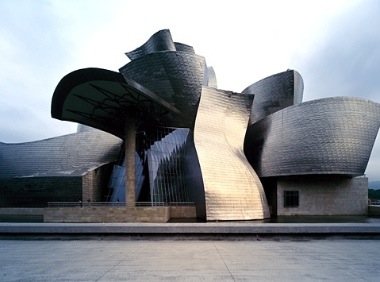I’ve just been watching Channel 4’s The Secret Life of Buildings. The presenter’s an acquired taste but there are some fascinating bits to it.
The main take-aways for me are :
- buildings and spaces actually change the way the human brain works. (more complex, interactive spaces make for more engaged brains. Fred Gage’s research on this is stunning.)
- too much emphasis is placed on the exterior “wow” factor in modern architecture rather than the interior living, working, playing spaces. (e.g. People go to the Guggenheim in Bilbao not for the art inside but for the building outside)
- architecture mirrors management style. (And people – not surprisingly – are more productive when you design a space that values them (e.g. BMW Leipzig) the original lets them work the way they want to as in e.g. Interpolis Tilburg in The Netherlands)
Well worth a watch.
From a teacher/school point of view, it was the Kingsdale story that caught my eye. Poor attendance was tackled (and stopped) by a head who thought buildings matter and an interesting architectural practice.
Now, we may not all have the funding to hire architects or make a classroom like some of those in Cristina Milos’ beautiful Pinboard but given that the learnspace affects the brainspace, it made me wonder if there’s a list of heuristics to help us design better spaces for our children to learn in.
 Many of the schools I’ve seen have children’s work up on the walls but the desks and design of the space is very much still done in a traditional ethos.
Many of the schools I’ve seen have children’s work up on the walls but the desks and design of the space is very much still done in a traditional ethos.
A key part is probably giving students a say in what their rooms look like, but I thought I’d try asking the crowd. If you have any suggestions for making a classroom or workspace a brain-friendly space, please can you add to this Google Doc? I’d love to hear what tips and ideas people have for making their schools better learning environments,
